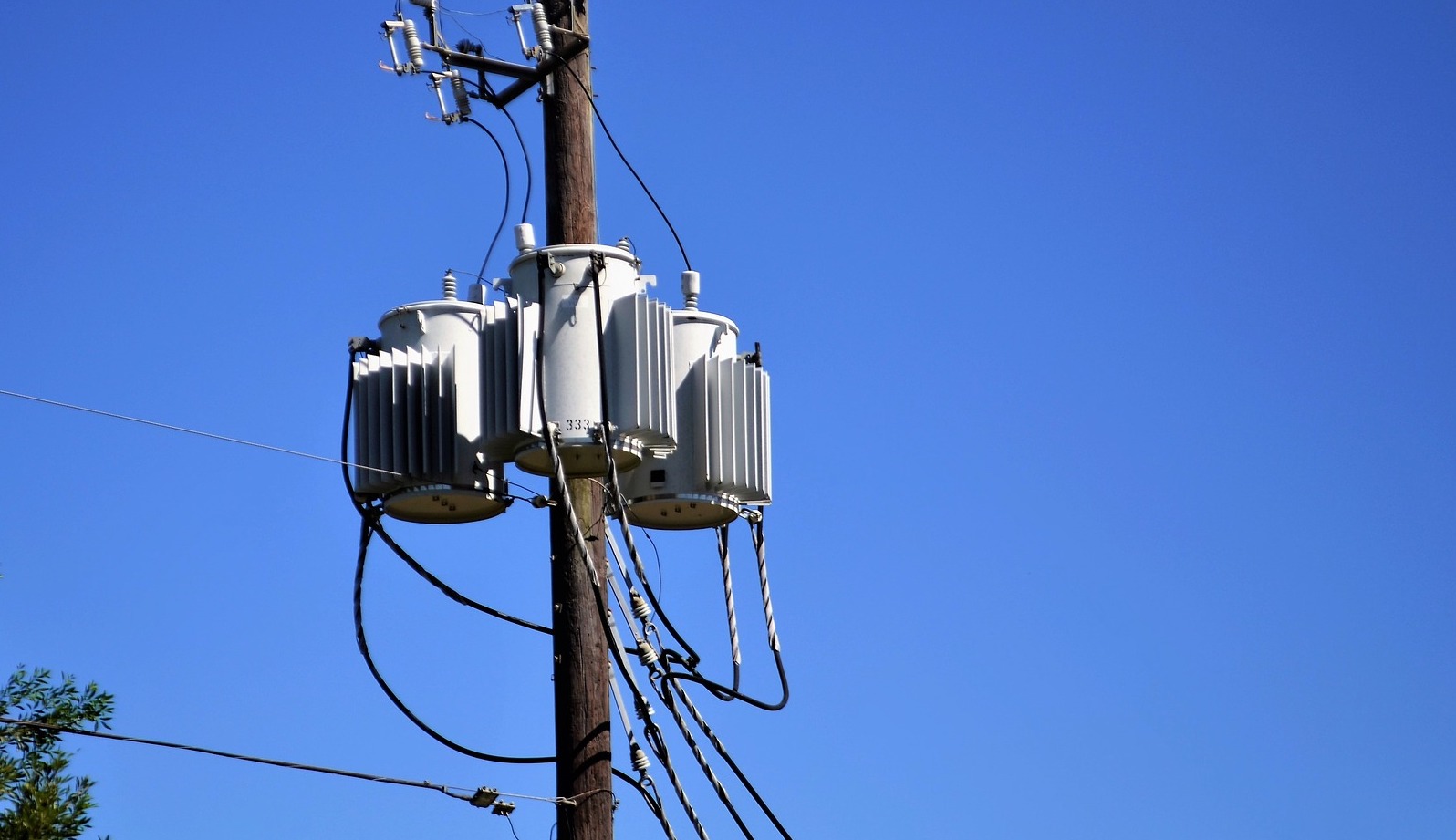Portable generators kill about 70 people each year. Here’s how to protect yourself and your loved ones

In any season, portable generators can be a much needed product in many Americans’ homes. When the power is knocked out – whether from a winter storm or a hurricane – portable generators can be important for powering refrigerators, medical devices and other needs in the home.
But, if not operated properly, portable generators are extremely dangerous to people and pets. Portable generators emit carbon monoxide, a gas that can be a silent killer. The odorless, colorless and tasteless gas causes “flu-like” symptoms and can cause loss of consciousness.
The Centers for Disease Control and Prevention (CDC) said, “Each year, more than 400 Americans die from unintentional CO poisoning not linked to fires, more than 20,000 visit the emergency room, and more than 4,000 are hospitalized.” In 2021, the U.S. Consumer Product Safety Commission (CPSC) estimated that 70 people die each year from carbon monoxide poisoning associated with portable generators.
Portable generators are a known safety hazard and have been investigated for years. Starting in 2007, the CPSC started requiring portable generators to have safety warnings. But with a consistently high number of deaths caused by carbon monoxide poisonings from portable generators annually, there have been questions about the effectiveness of the mandatory warnings and the need for improvement.
The CPSC’s new chair, Alexander Hoehn-Saric, said the commission continues to prioritize portable generator safety and is studying whether past industry steps are enough.
Until there are stronger safety standards to protect consumers from portable generators high carbon monoxide emissions, there are ways to protect you and your loved ones:
Portable generators should ONLY be operated outside. Never use a portable generator in a basement, garage or shed. Even if the window or the garage door is cracked open, that is not enough to prevent carbon monoxide poisonings.
When placing a portable generator outside, it needs to be at least 20 feet away from windows, doors and vents. Regardless of what a generator’s manual or another source states, the CPSC found that the best way to prevent carbon monoxide poisoning is to position the generator’s exhaust 20 feet away from the home or any other building that a person could enter.
As NBC News recently reported, “User manuals often provide vague or inconsistent safety guidelines. Some manufacturers direct users to keep generators at least 5 feet from windows or doors, far closer than the 20-foot minimum recommended by the CPSC. Other generator manuals simply say to keep the machines “far away” from homes, leaving it to users to decide how close is too close.”
Indeed, 20 feet away is the proper distance that a portable generator should be used away from the home, no matter what the manual instructions say.
You’ll want to cover the portable generator in times of rain or snow. Don’t let it touch the generator. If you want to protect a portable generator from the elements, the U.S. Department of Energy recommends building an open, canopy-like structure. Additionally, the structure should be waterproof, have no contact with the generator and be placed directly overhead. If you are unable to protect the portable generator from wet conditions, do not use it.
Plugging a portable generator into a wall outlet is dangerous. Use a three-prong grounded extension cord that matches the 20 feet of distance needed for the portable generator to be operated safely and plug it directly into the devices you want to power, such as a refrigerator. If you plug a portable generator into a wall outlet, and the power comes back on, you can create a power surge that can cause a fire and other damages.
Test carbon monoxide detectors in your home. Carbon monoxide poisoning can make you dizzy and weak, and you can lose consciousness. Carbon monoxide detectors are vital to safety and should be tested each year, especially if a portable generator will be used.
If you’re purchasing a new portable generator, look for one that includes new safety features. According to Consumer Reports, portable generators with switches that turn off the generator automatically when gas levels rise to a dangerous level are safer than those that do not include the switch. Other safer options include generators that emit lower carbon monoxide levels.
Purchase a portable generator before the storm breaks. If there is a reason to believe a portable generator will be needed, take the time to research and purchase it before the power is knocked out. Portable generators have instruction manuals that need to be read thoroughly. And other safety precautions – protective waterproof structures, testing carbon monoxide detectors, three-prong grounded extension cords that are 20 feet – can take some prep time.
Topics
Authors
Hannah Rhodes
Find Out More

5 steps you can take to protect your privacy now

Fixed for the Holidays

Trouble in Toyland 2023

